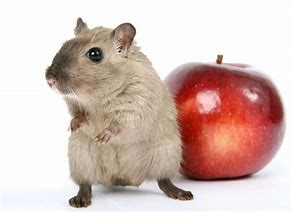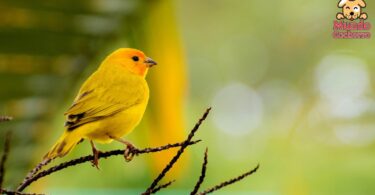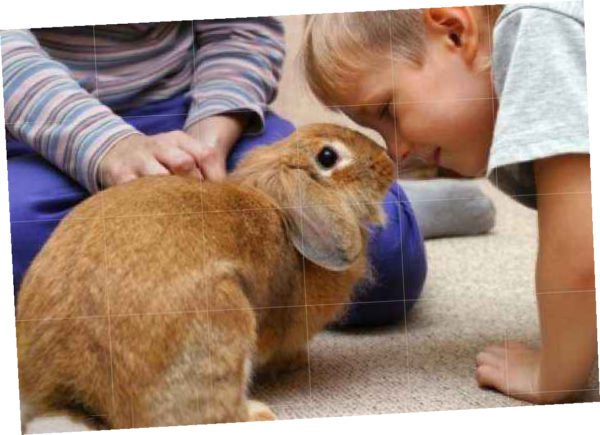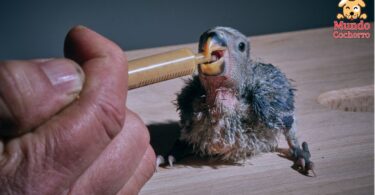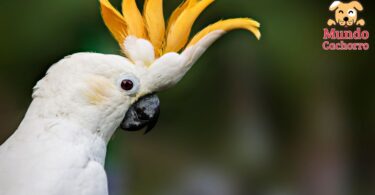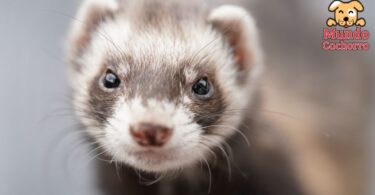Children love animals and nowadays they are probably very attracted to exotic animals because they are the protagonists of very famous children’s movies. Children can be entertained by mice, parrots, foxes, panda bears, squirrels, praying mantises, meerkats, penguins, chameleons, clown fish like Nemo and even wild cats like the famous Lion King.
Indice
>>>Top 5 most beautiful animals in the world <<<
However, if your child insists on having an exotic pet, it is important that you first consult the laws of your country to adopt species that are legal. On the other hand, you should inform yourself as much as you can about the pet chosen for your child and also have all the necessary supplies so that it can adapt to the environment and avoid it getting sick or ending up abandoned.
In this article we will tell you about 5 exotic pets ideal for children.
1. Hamster
Hamsters are ideal for children, 4 years and older, since you can delegate functions such as feeding and cleaning the cage. These pets are affectionate, harmless, playful and easy to care for. They do not need much space. However, it is important that you watch out for your children so that they do not pet them constantly or manipulate them in any way that could cause them harm, since they are not toys, and children could innocently induce, in this small animal, symptoms of stress and anxiety.
2. Dwarf Rabbits
This is a pet that is ideal for small children from 6 years of age, they are affectionate and sociable pets and not very demanding in their possession. Rabbits are distinguished by their quiet nature and do not make noise. Another of the healthy characteristics for children is that they establish affective bonds with their owner and come, for example, to their call when they recognize their voice.
Rabbit food is very simple based on hay and grass which is almost 90% of their diet, you can vary it with some type of concentrated food and alternate with 3 types of pesticide-free vegetables.
3. Budgies

These little birds are great because they are cheerful and sociable. They can be found in all the color ranges of the rainbow. They generally like to live in pairs. They are ideal for children because their care is simple, such as changing their water regularly, cleaning their cage, feeding them properly and sharing time with them, and with patience your child can teach them to imitate certain words.


